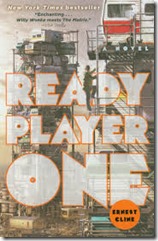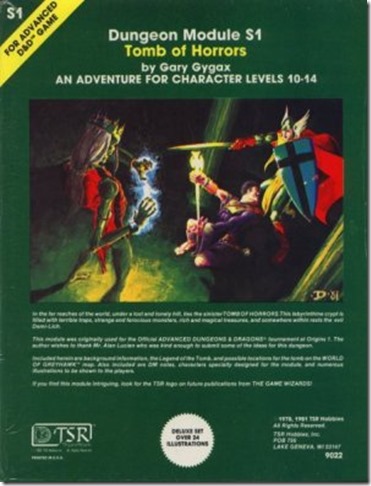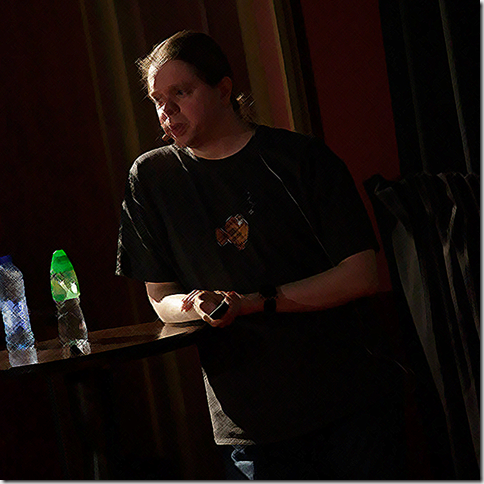This is the first of a multipart blog series covering re-reads of popular media about Virtual and Augmented Reality. In future installments, I plan to cover classics like William Gibson’s Neuromancer, Vernor Vinge’s Rainbow’s End, Ridley Scott’s Blade Runner and the anime series Ghost in the Shell. The worn premise of the series is that our collective vision of the future was formed long ago in the past and we are, in many ways, simply walking the path others have set for us in their imaginations. That being the case, the best way to navigate our own futures is by raiding popular fringe culture in order to find the blueprints. In other words, this is an excuse to revisit some of my favorite books, movies and anime. Each entry in the series will provide a summary of the work, an overview of the AR or VR technology represented, and an analysis of the impact of the work on contemporary virtual world technology – in other words, what lessons can be drawn from the work.

Non-spoilerish summary of the work
Ernst Cline’s novel takes place in a dystopic 2044 where the world economy has collapsed, corporations have taken over, and the hacker hero, 17 year old Wade Watts, spends most of his life plugged into a virtual reality world called the OASIS while waiting to graduate from high school. He has also spent the past five years of his life as a Gunter – someone on a quest to find the video game easter egg left behind by the creator of the OASIS, James Halliday, somewhere inside his massive online virtual universe. To whomever discovers his easter egg, James Halliday has bequeathed his vast fortune of hundreds of billions of dollars.
The secret to solving Halliday’s puzzles turns out to be an understanding of Halliday’s love for the 80’s, the decade in which he grew up, and an encyclopedic understanding of the popular movies, music, and video games of the 80’s as well as a decent familiarity with D&D. Wade, along with a motley band of friends, fights an evil mega-corporation for control of Halliday’s inheritance as well as control of his online world.

How it works
The VR hardware consists of a hi-rez virtual reality stereoscopic headset and haptic gloves connected to a custom game console. Basically the Oculus Rift or HTC Vive with much higher resolution. An internet connection is required. Instead of servers, the shared simulation runs using some sort of peer-to-peer networked computing system that borrows compute time from all the machines of all the players. The virtual world itself is a single shared world rather than a series of shards. Everyone who plays, which turns out to be almost everyone in the world, is in the OASIS at the same time.
Monetization turns out to be a major aspect of the plot. The OASIS is not subscription based and does not have ads. Instead, Halliday’s company makes its income through in-app purchases and transportation fees for teleportation from one part of the OASIS universe to another.
This is because the OASIS universe is huge and consists of thousands of planets filled mostly with user created content. To get from one planet to another requires an in-game spaceship or travel through a transporter. Different worlds, and even sectors of OASIS space, are governed by different themes. This is perhaps the most interesting part of Ernst Cline’s VR universe. The OASIS is ultimately a pastiche of imaginary worlds from science fiction and fantasy. The Star Wars sector is just next door to the Star Trek sector of space. Firefly has it’s own area. The Lord of the Rings, Dragonriders of Pern and World of Warcraft each have at least one planet devoted to them. Different sectors of VR space even work under different physical laws, so magic will not work in some while technology will not work in others.
Cline’s VR universe doesn’t involve world-building, as such, but rather a huge mash-up project to recover and preserve all past efforts at world-building.

Ponder the lessons to be learned at your own risk!!!!
The eighties were my decade and a book devoted to recovering obscure details about it is inherently fun for me. In fact, it feels like it is written for me.
That said, the notion of a future overwhelmed by nostalgia is troubling. Not only is the OASIS effectively a museum for retro-futurism, but the quest at the center of the book is an attempt by a Howard Hughes figure to make others obsess over his teenage years as much as he does.
What if virtual reality is an old man’s game? We all hope that future technology will create new worlds and open up new possibilities, but what if all the potential for VR and AR is ultimately overwhelmed by the obsessions of the past and guided by what we have wanted VR to be since Star Wars movie first appeared on movie house screens?
What if this is the ultimately paradox of emerging technologies: that new technology is always created to solve the problems and fill the appetites of yesterday? We can make our first lesson from the history of VR a paraphrase of George Santayana’s famous saying.
Maxim 1 – In the virtual world, those who can’t let go of the past are doomed to repeat it.



